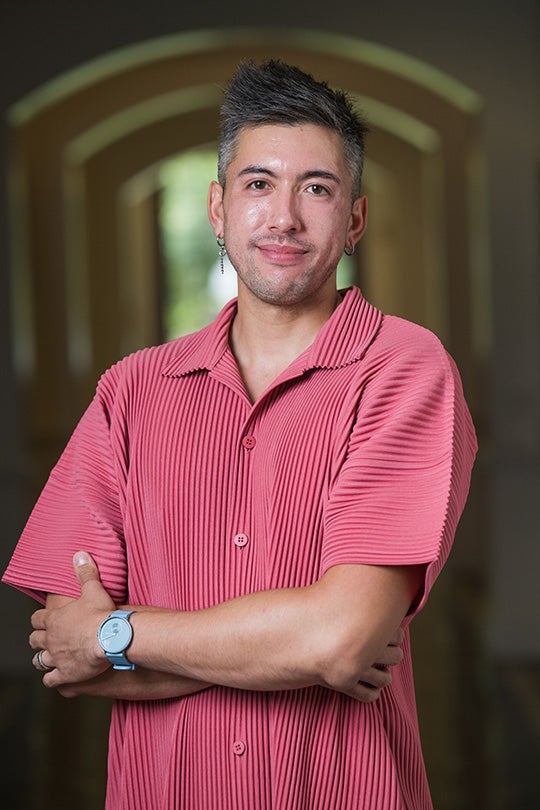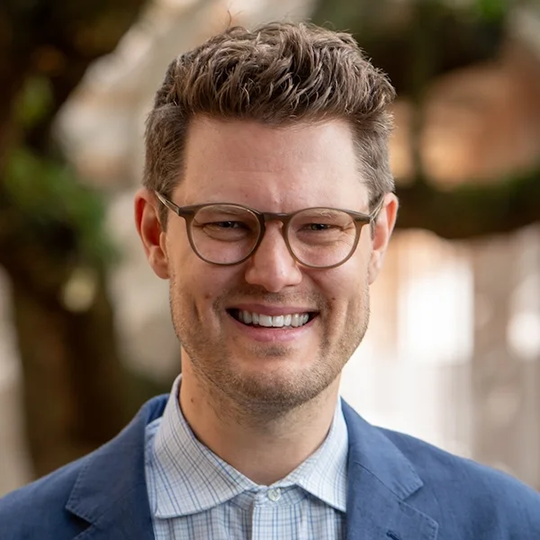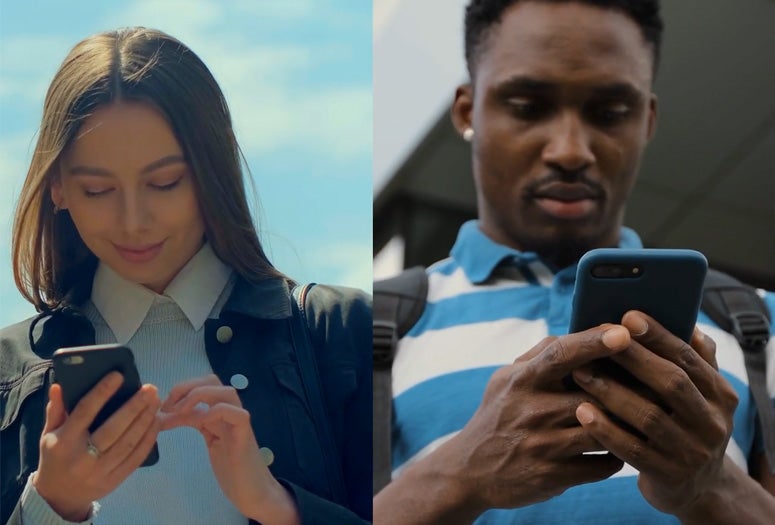In an age when information spreads faster than ever — and misinformation and disinformation seem to spread even faster — a new academic program at Rice University is helping students understand, decode and shape the media-saturated world around them. The newly launched media studies major will be housed in the School of Humanities.
“This is the kind of major that answers a call, both intellectual and practical,” said Kathleen Canning, dean of the School of Humanities. “It gives students the framework to ask hard questions about media power and bias while also giving them the creative confidence to produce media that matters.”

“The way that we’ve designed the media studies major here at Rice is a really exciting combination of both the critical and the creative,” said Michael Dango, associate professor of English and the program’s director. “On the critical side of things, we’re thinking about where media comes from, thinking about these questions of power and politics that are at stake in media.”
The program trains students to both analyze and produce media across formats, empowering them to become not just smarter consumers of content but purposeful creators.
“On the creative side, we’re thinking about how to make media in all its forms from podcasts to films to different kinds of social media interactions,” Dango said. “Being able to combine both the critical and the creative will make students productive consumers and producers of media content in this world that is increasingly mediated.”
Liam Mayes, a lecturer in the humanities, teaches Introduction to Media Studies, one of the new program’s foundational courses. The class challenges students to examine how meaning is constructed and circulated through media from television and video games to social platforms like TikTok.
“I want students to be far more critical consumers of media,” Mayes said. “In some sense, that makes your mediated life more interesting.”
Mayes said students often don’t realize how deeply media platforms shape the content they see. Algorithms can make a “For You” page feel personalized and authentic when it’s actually curated by commercial or political interests. The new program helps students think beyond what’s trending.
“We have to have a different kind of critical relationship to social media,” Mayes said. “The average American teen is spending four to five hours a day on social media, so we need to be able to understand how social media is operating.”
In that spirit, media literacy will be a recurring theme across the curriculum. The goal is to foster what Mayes calls a “default critical position,” equipping students to question the source, context and intent behind the media they consume.
“There’s no actual 100% surefire solution to this,” Mayes said. “You’ve got to do your best to try to check your sources and make sure that the thing is coming from somewhere reputable that you trust.”

Dango emphasized that while media literacy is foundational, the program’s ambitions reach even further.
“We did a focus group with students in the humanities back in February when we were still designing the media major, and they were eager to jump in,” Dango said. “They want more history, learning where media comes from. They want more theory. They’re excited about the creative, being able to produce media.”
To meet this enthusiasm, the media studies program pairs traditional coursework with a strong emphasis on experiential learning.
“Certainly by requiring students to produce media as part of the major, they’re learning through doing,” Dango said. “But even beyond media production, we’re planning on a really exciting range of internship opportunities and community placements for students who might be interested in social media campaigns for nonprofits or thinking about how media can serve different political and activist projects.”
The program reflects Canning’s broader commitment to interdisciplinary education. Faculty from across the university — experts in English, anthropology, art and beyond — are contributing to its development.
“Everybody seems to have a stake in media today because media is everywhere,” Dango said. “So to have a program where students are going to be exposed to that range of interests and expertise I think is really exciting and innovative.”
With its combination of theory and practice, critique and creation, the new media studies program speaks directly to the complexity of the world students now inhabit. For Mayes, the transformation he sees in students is already underway.
“One student came up to me at the end of the semester and said I had ruined media for her,” Mayes said. “What she meant was that now when she’s consuming any kind of media, that part of her brain is switched on to thinking critically about where it’s coming from. I’m very, very happy with that outcome.”

